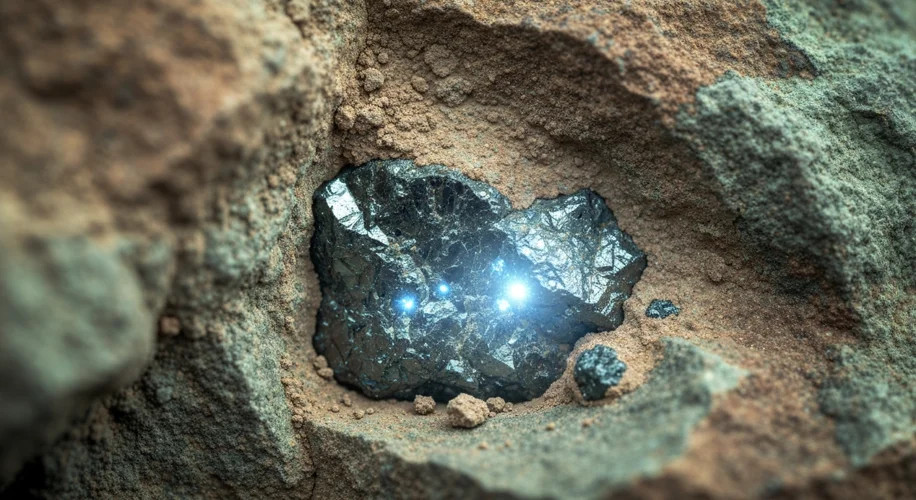In the heart of India, beneath the ancient soil, lies a potent secret: uranium. For decades, this unassuming element has been the quiet engine driving India’s ambitious journey into the world of nuclear power. It’s a story of scientific prowess, geopolitical maneuvering, and a nation’s unwavering quest for energy independence and strategic strength.
The genesis of India’s nuclear aspirations can be traced back to the mid-20th century, a period of burgeoning nationalism and a desire to carve out a distinct identity on the global stage. Under the visionary leadership of Jawaharlal Nehru, India embarked on a path of self-reliance, recognizing the critical role of advanced technology in nation-building. The establishment of the Atomic Energy Commission (AEC) in 1948, with the enigmatic Homi J. Bhabha at its helm, marked the dawn of this atomic era.
Bhabha, often hailed as the “father of India’s nuclear program,” envisioned a future where nuclear energy would fuel India’s development, powering its industries and illuminating its vast populace. This vision was not merely about power generation; it was also intertwined with national security. In a world increasingly defined by the Cold War, possessing nuclear capability was seen as a significant deterrent, a guarantee of sovereignty.

The early days were a testament to Indian ingenuity. Facing international skepticism and restrictions on nuclear technology transfer, Indian scientists and engineers worked tirelessly to develop indigenous capabilities. The Trombay site, later renamed the Bhabha Atomic Research Centre (BARC), became the crucible of this innovation. Here, breakthroughs were made in reactor design, fuel fabrication, and radioactive waste management, all achieved with limited external support.
However, the path was not without its challenges. The acquisition of uranium, the essential fuel for nuclear reactors, presented a significant hurdle. While India possessed considerable reserves, their extraction and processing required advanced technology and substantial investment. This led to a complex interplay with other nations, a delicate dance of diplomacy and trade. India sought reliable sources of uranium, while also navigating the scrutiny of international bodies concerned about nuclear proliferation.
The Pokhran-I test in 1974, codenamed “Smiling Buddha,” sent ripples across the globe. While India maintained it was a peaceful nuclear explosion for research purposes, the international community viewed it as a significant step towards nuclear weapons capability. This event cast a long shadow, leading to stricter international controls and sanctions, but it also solidified India’s resolve to pursue its nuclear ambitions independently.
The subsequent decades saw a sustained effort to expand India’s nuclear power capacity. The construction of nuclear power plants, such as the Tarapur Atomic Power Station and the Madras Atomic Power Station, marked tangible progress. These reactors, designed to harness the immense power of uranium fission, promised a clean and abundant energy source for a rapidly growing nation.

India’s approach to nuclear technology has evolved. While initially facing isolation, over time, strategic partnerships began to emerge. Agreements with countries like France and Russia have provided access to advanced reactors and fuel, complementing India’s domestic capabilities. Simultaneously, India has also championed the cause of global nuclear disarmament and responsible nuclear energy use, seeking a unique position as a responsible nuclear power.
The narrative of uranium mining and nuclear power in India is more than just a story of scientific and industrial development. It is a saga of a nation’s resilience, its strategic foresight, and its unwavering commitment to self-sufficiency. The vast underground reserves of uranium are not merely mineral deposits; they are the bedrock of India’s energy security and a symbol of its technological prowess, quietly powering the nation’s aspirations for a brighter future.

